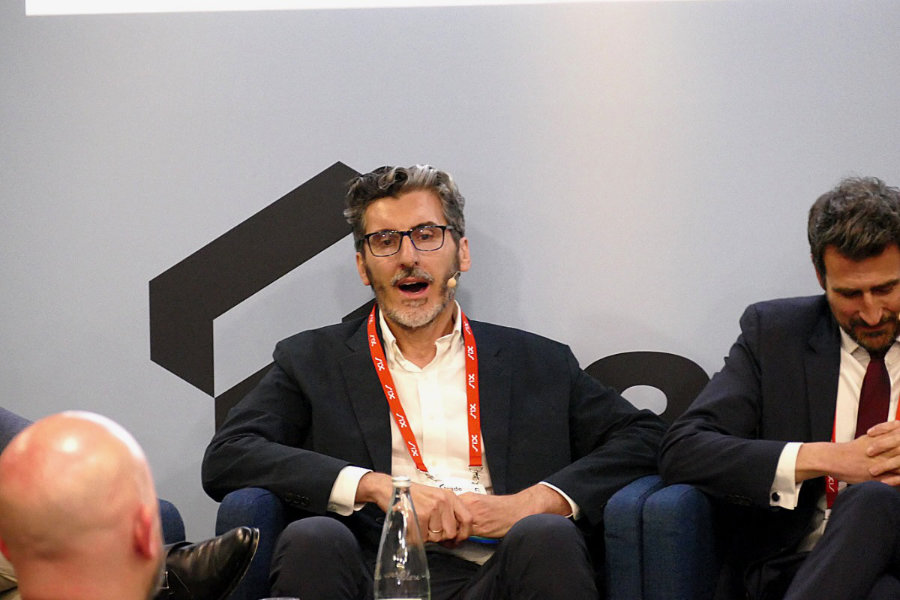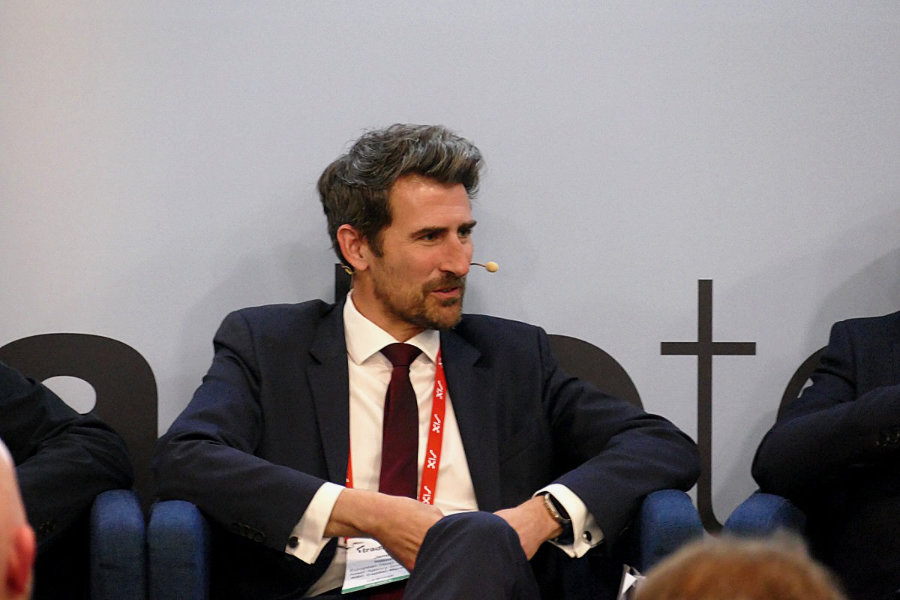Trading of exchange-traded funds has long been dominated by RFQs, which are costly for smaller trades. Now, algos that address the complexities of ETF pricing are shaking up the market.
Europe’s biggest asset-owners are quietly rewriting their ETF playbooks. Vanguard, stewarding US $10.4 trillion worldwide, and BBVA Asset Management, with €110 bn under management now route an increasing share of secondary-market flow through purpose-built execution algorithms instead of the request-for-quote (RFQ) channels that long dominated the trade.

“I’m excited to talk about all things ETF algos… it wasn’t something we discussed two or three years ago, but in the last year it’s become far more topical,” said Eoin Cody, portfolio manager and trader at Vanguard during a specific ETF panel at Tradetech Europe 2025
The change in strategy, Cody explained, is the ability and understanding that dealers can now trade patiently rather than accept an immediate risk-transfer price:
“We’re used to quick RFQ fills. Now we’re happy to trade over a longer period, so long as we rest passively and the flow comes to us. It’s about trusting that the algo has been designed for ETFs, not just copied from cash equities.”
BBVA Asset Management’s equity desk, represented by Pablo Fernandez Gomez, senior equity dealer, told the panel they are following a similar path.

Gomez said: “It’s a new tool. We’re learning how to use it… but it’s very useful to have an alternative way to source liquidity in ETFs, we’re using them on highly liquid underliers [securities] and on quiet days – the results are positive.”
Gomez measures success in two ways: spread capture (whether each child order prints at, or near, the mid-price) and arrival-price slippage. Yet he still wants more transparency:
“I’d like one big trading ticket where I can compare risk price, live NAV, RFQ quotes and my own history in the ETF.” He said would be on his Christmas wishlist.
Data from analytics specialist Big XYT shows that costs are particularly high for smaller RFQ trades. The company analysed every European RFQ ETF trade with two-sided pre-trade quotes in 2024, and found RFQ spreads quality versus European Best Bid Offer (EBBO) to vary widely. While order clips between €10k and €100k benefitted from spreads between 50 to 97% of the EBBO, smaller than €10k trades were markedly wider than the EBBO. Larger than €500k trades were also quoted as much tighter than the EBBO with spread quotes at 11% or 14% of the EBBO in this size bracket. According to Big XYT, RFQ venues still handle about 44 per cent of turnover, but the pricing gap shows investors are paying extra for immediacy.
With the buyside driving demand, the sell-side has built the tools in response. James Hilton, European head of multi-asset agency solutions at RBC Capital Markets, offered a striking example of success with a recent trade his desk did.

Without providing specific details he said: “We traded our largest ETF-algo order a couple of weeks back, more than US $400 million, and executed over 70 per cent of it at the mid-point in dark venues.”
Hilton attributes that success in part to having a NAV engine that recalculates fair value tick-by-tick: “The key really is having that intraday fair value. Everyone’s got access to the NAV, but having an intraday fair value is extremely important”.
This is a feasible proposition for equity ETFs, Hilton explained. “With liquid equity ETFs, you can generally calculate what the underlying value of the constituents is. Some of those markets may be closed, so you might need to look at futures for proxies, but effectively you need to understand the value.
Then you need to layer on top of that, the costs of trading those stocks, so taxes, and then you need to have a view on the, I guess, the inventory in the market, and then the create/redeem costs involved. That model tells you when to post, when to step inside the spread and when to sweep.”
Vanguard portfolio managers still believe Algos are not just for smaller trades:
“Size is about risk appetite and benchmark. You can trade small or large through an algo; RFQ still has its place.”
Fernández echoes that nuance, describing algos as his default on calm days, RFQ for outsized or time-sensitive prints, while Clement Paccalet, ETF specialist at BNP, notes that market-on-close and Guaranteed market on close (GMOC) strategies often package an internal RFQ inside an algorithmic wrapper.
At the Tradetech event, all panelists agreed that one feature could make comparison easier: clearer post-trade analytics that measure RFQ and algo fills’ quality side-by-side would make their dealing life easier.

